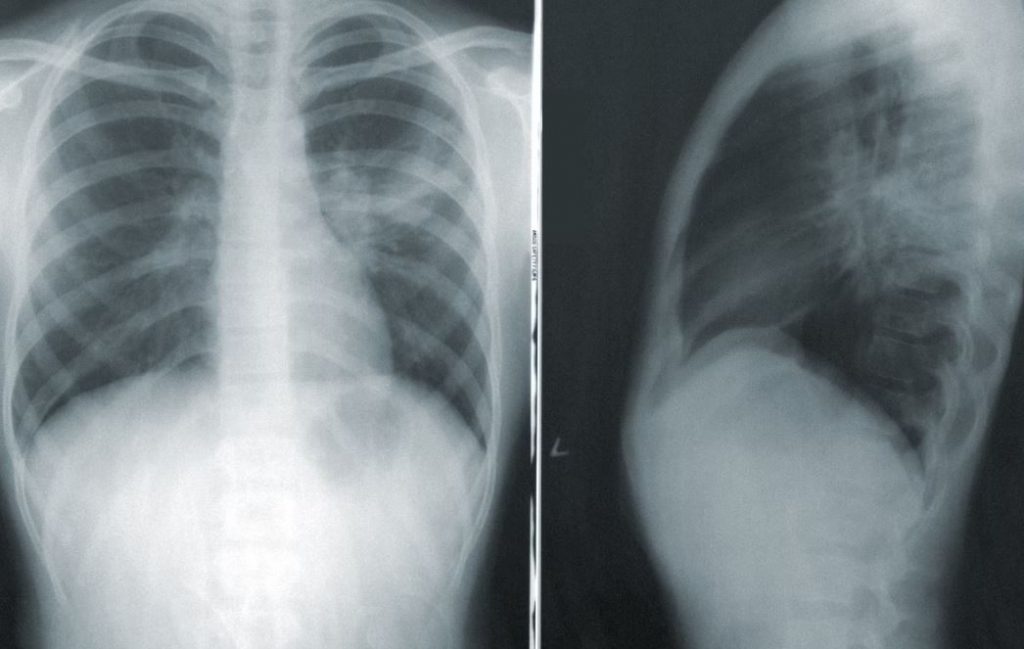In the ever-evolving landscape of healthcare technology, the integration of cloud-based Picture Archiving and Communication System (PACS) and Radiology Information System (RIS) has emerged as a game-changer. These systems, once disparate entities, have now come together to streamline the radiology workflow, enhance collaboration among healthcare professionals, and improve overall patient care.
One notable player contributing to the efficiency of this integration is SerpStream, a leading provider of cloud-based healthcare solutions. SerpStream specializes in offering a comprehensive platform that seamlessly integrates PACS and RIS, providing healthcare institutions with a powerful toolset to manage medical imaging data and associated information.
Understanding Cloud PACS and RIS
- Cloud PACS (Picture Archiving and Communication System):
- Definition: PACS is a digital imaging technology that stores, retrieves, and distributes medical images such as X-rays, MRIs, and CT scans. It eliminates the need for traditional film-based storage and allows healthcare providers to access and share images digitally.
- Advantages of Cloud PACS:
- Accessibility: Cloud PACS enables secure and instant access to medical images from any location, fostering collaboration among healthcare professionals regardless of geographical constraints.
- Cost-Efficiency: The cloud-based model eliminates the need for on-premises hardware and maintenance, reducing upfront costs and ensuring scalability.
- Data Security: Cloud PACS providers implement robust security measures, ensuring the confidentiality and integrity of sensitive patient data.
- RIS (Radiology Information System):
- Definition: RIS is a software solution designed to manage radiological information, including patient scheduling, tracking, and reporting. It complements PACS by providing essential administrative and workflow functionalities.
- Advantages of RIS:
- Efficient Workflow: RIS optimizes the radiology workflow by automating tasks such as appointment scheduling, result reporting, and billing, leading to increased efficiency.
- Enhanced Communication: RIS facilitates communication among radiologists, technologists, and other healthcare professionals, ensuring seamless information exchange.
- Comprehensive Reporting: Radiologists can generate detailed and standardized reports, improving the accuracy and speed of diagnostic processes.
Integration Benefits
- Improved Collaboration:
- The integration of Cloud PACS and RIS fosters seamless collaboration among radiologists, clinicians, and other healthcare professionals. With shared access to both imaging data and relevant patient information, decision-making becomes more informed and efficient.
- Streamlined Workflow:
- The unified system eliminates the need for manual data transfer between PACS and RIS, reducing the risk of errors and delays. This streamlined workflow contributes to faster diagnoses and improved patient outcomes.
- Scalability and Flexibility:
- Cloud-based solutions offer scalability, allowing healthcare providers to adapt to changing needs and growing data volumes. The flexibility of cloud architecture ensures that the system can evolve alongside advancements in medical imaging technology.
- Cost Savings:
- By leveraging cloud infrastructure, healthcare institutions can reduce capital expenditures associated with on-premises hardware and maintenance. The pay-as-you-go model of cloud services further optimizes costs based on actual usage.
Challenges and Considerations
- Data Security and Compliance:
- While cloud PACS providers implement robust security measures, healthcare institutions must ensure compliance with data protection regulations, such as HIPAA, to safeguard patient information.
- Interoperability:
- Achieving seamless integration between different healthcare information systems remains a challenge. Standardization efforts and adherence to interoperability standards are crucial for overcoming this hurdle.
Conclusion
The integration of Cloud PACS and RIS systems marks a significant milestone in the evolution of healthcare technology. By combining the strengths of digital image management and information system efficiency, these integrated solutions are poised to enhance patient care, improve diagnostic accuracy, and revolutionize the way healthcare professionals collaborate in the digital age. As the technology continues to mature, we can expect further advancements that will shape the future of medical imaging and radiology practices.

















